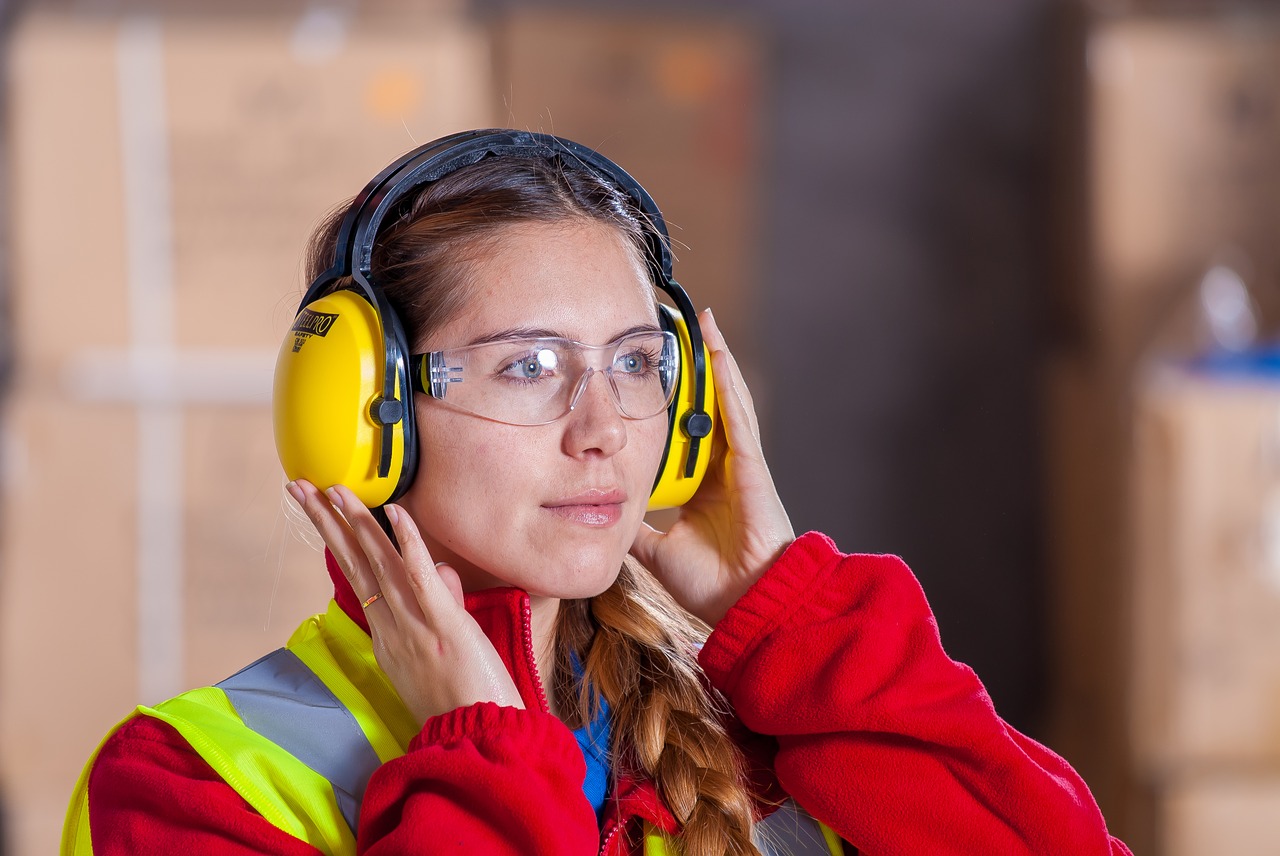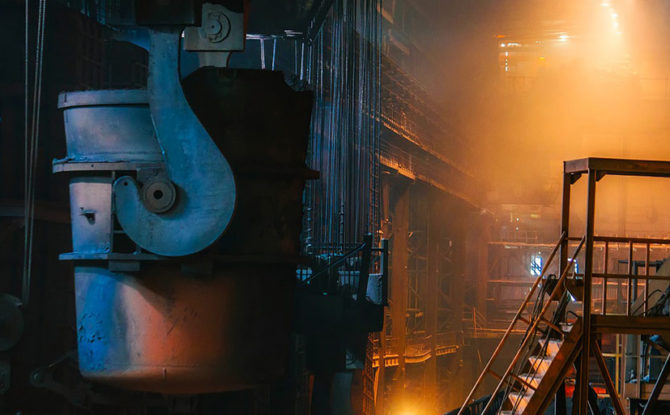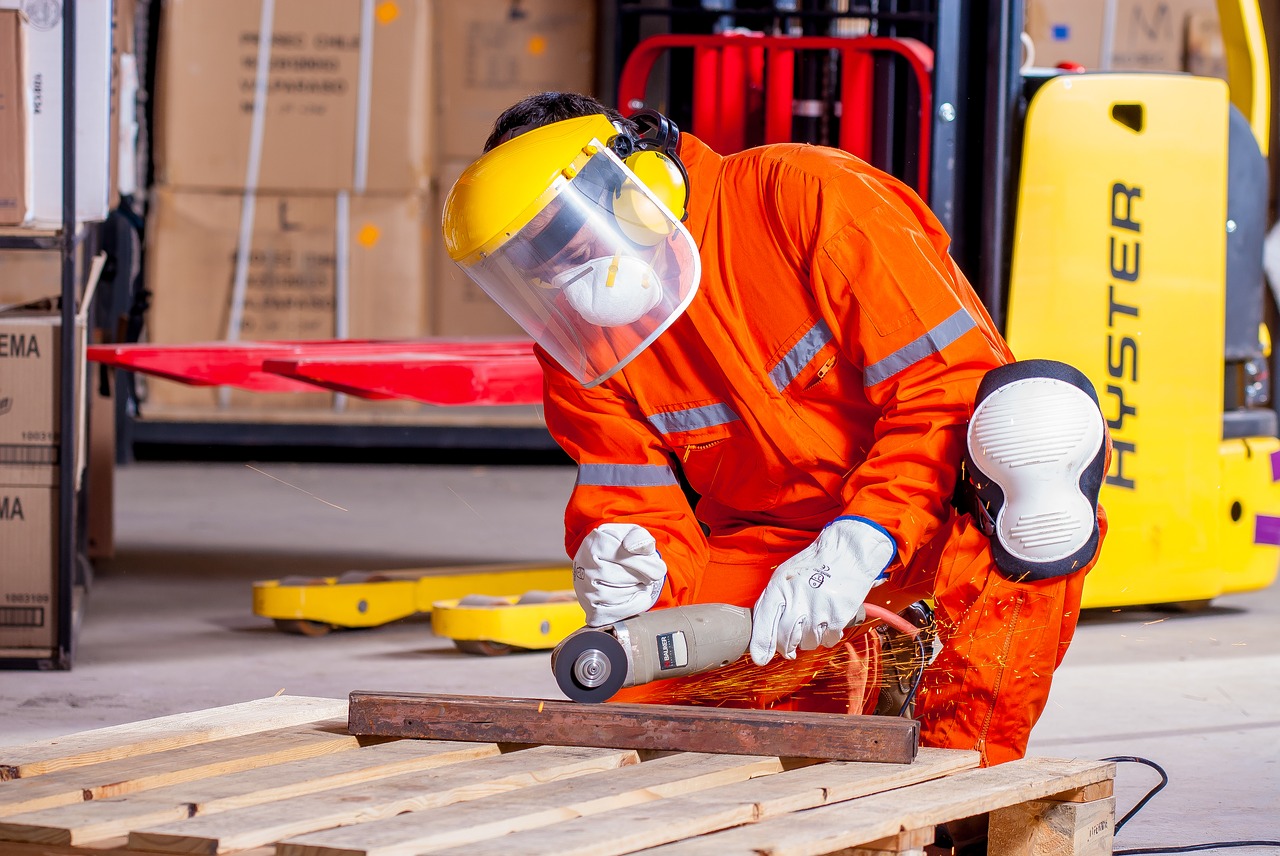While many different industries deal with health and safety issues, the need for safety compliance in manufacturing is imperative.
This is due to the highly physical nature of the work itself, as workers face injuries from slip and falls, improper ladder usage, and machine malfunctions. There is also environmental impact from situations involving falls, fire hazards, and pathogen contamination.
Manufacturing companies require stricter guidelines and oversight in order to prevent accidental injury or even death. While the Occupational Safety and Health Administration (OSHA) already has already developed safety requirements for organizations to follow, many vendors working with manufacturers fear that they aren’t enough, and some even refuse to work with companies that don’t have additional safety certifications in place.
Vendor relationships are a large part of the reason why many manufacturing companies are gaining certification through ISNetworld® (ISN®), but there are plenty of other factors that go into the decision, including improved safety training and wellbeing for workers facing dangerous situations on a daily basis.
If your company is looking to bolster confidence for clients and vendors and improve the safety processes of your workplace, and you’ve considered being certified through ISN®, here are a few things you should know about the process.
[content_upgrade cu_id=”547″]Don’t Miss: 7 Tips for Improving Safety in Manufacturing Industries.[content_upgrade_button]Click Here[/content_upgrade_button][/content_upgrade]
Manufacturing Safety Challenges
There are several safety challenges unique to the manufacturing industry that make certification so important, but they also make it harder to get certified. These challenges include injuries and fatalities caused by slip and falls, malfunctioning equipment, and general undertraining.
Slip and Falls
[Tweet “Falls are one of the leading causes of workplace fatalities in manufacturing.”]
Falls are one of the leading causes of workplace fatalities in manufacturing. Every year, more than 800,000 people are hospitalized due to slip and falls.
The most common fall-related injury is either a hip fracture or a head injury, and the majority of all traumatic brain injuries are caused by falls. Surprisingly, 95% of falls in the manufacturing industry happen by tumbling sideways, most often off of a ladder or through fragile roofs.
But aside from injury, another concern for manufacturing companies is the insurance costs related to these accidents. 29% of all workers compensation claims are related to slip and falls, with the average claim being filed for $48,000. This makes slip and falls not only a dangerous issue, but also an expensive one.
Machine Malfunction
Working with manufacturing machinery also poses risks for employees. Gears, sprockets, pulleys and rotating shafts can cause entanglements. Machinery used to perform forging, stamping, bending, or forming can lead to crushed limbs or more serious injuries. Even processes such as welding can cause serious burns or chemical exposure.
According to the Bureau of Labor Statistics, an average of 20 out of every 100 workers are killed in machine-related accidents each year. While complex assembly operations are an inherent part of the manufacturing process, extra precautions are often required to prevent injuries and fatalities.
This includes improving machine inspections and maintenance as well as employee training to assure that fewer accidents occur. It’s important for manufacturers to understand that even equipment with fail-safes can malfunction if not regularly checked.
Hearing and Eye Hazards
Industrial machines also produce noise that can affect your hearing. OSHA requires employers to provide hearing protection when noise levels exceed specific decibels, but long term exposure to noisy environments can still cause hearing loss and full or partial deafness.
According to the CDC, 4 million workers are exposed to harmful decibel levels daily, and as many as 8 out of 10 work in in manufacturing industries. In fact, the CDC notes that the majority of job-related hearing loss happens within the first 10 years of employment in manufacturing.
Likewise, The Vision Council reports that 61% of eye injuries occur in the manufacturing industry, usually the result of machinery that throws dust, metal, concrete and other particles into the air. Chemical fumes and splashes are also a leading cause of eye injury in the workplace.

Pathogen contamination
Manufacturers that handle food or water run the risk of pathogen contamination. The CDC reports that approximately 48 million people fall ill each year, with 128,000 requiring hospitalization and 3,000 individuals dying as a result of exposure.
The most common illness associated with pathogen exposure is diarrhea, which remains in the top ten causes of death worldwide, with the majority of those deaths attributed to food and water contamination.
This means that food service companies in particular need to pay attention to the handling of raw foods as well as the temperature of water used to clean and in distribution, and should follow hygiene best practices to avoid contamination.
Fire Hazards
Industrial fires and explosions can also cause serious injury and death, in addition to financial damages for the company involved. According to the most recent fire statistics from the National Fire Protection Association (NFPA), an average of 37,000 fires occur at industrial and manufacturing properties every year, resulting in 18 deaths, 279 injuries, and $1 billion in property damage.
The tools and equipment used in manufacturing can produce heat and flame, increasing the risk for fires and explosions. Chemical usage is also a contributing factor, making it important for manufacturing companies to report and monitor their processes carefully.
Without this vigilance, manufacturing companies risk not only a financial loss for their business, but a potential loss of life. This is why it’s so important for companies to voluntarily add safety certifications – like ISN® — to improve safety inspections and prevent workplace incidents.
Why Get ISNetworld® Certified?
Manufacturing companies face significantly more safety and health compliance issues than traditional businesses, which means there is slightly more work involved in getting certified through ISN®. However, the benefits of certification outweigh the additional effort.
There are essentially two phases to certification:
1. Setup of an ISNetworld® account. The company receives a questionnaire (MSQ™) pertaining to items such as business practices, services, insurance, safety training, workers compensation, safety manuals, and proper documents for prequalification.
2. Audit of the company. This involves a company audit (usually performed by a third-party) that looks for evidence of the answers given in the MSQ™ questionnaire.
Companies receive a grade of A through F (the higher the grade, the better) and are given certification if everything meets expectations.
Once certified, ISN® stores verified safety information about each company along with insurance documents, safety programs, and incident rates, and then connects companies with vendors around the world requesting those qualifications.
ISN® also provides other on-going monitoring processes and tools, such as:
- SmartLog – Ability to easily track, generate, export and print injury and illness logs and summaries at any time
- Site Tracker – Allows Hiring Clients to track contractor work hours, incidents, near misses or other site-specific information on a monthly basis
- Written Program Review – A team of experts reviews written health, safety, environmental and quality programs to help ensure they meet Hiring Client and/or regulatory standards
- Ongoing Compliance – ISN® proactively sends alerts regarding status and revalidation of written programs every three years
This makes it easier for manufacturing companies to find partnerships with hiring clients while ensuring that their own safety standards are meeting industry expectations.
[content_upgrade cu_id=”547″]Looking to minimize risks? Here are 7 essential safety tips for manufactures:[content_upgrade_button]Click Here[/content_upgrade_button][/content_upgrade]
Final Thoughts
Meeting compliance standards in manufacturing – particularly through ISN® certification – not only leads to better vendor relationships and more business, but also creates a safer workplace for employees and staff.
Certification through ISN® can help minimize risks by giving manufacturing companies the opportunities to monitor their processes more closely as well as prove to others that they take safety seriously.
Keep in mind that if your manufacturing company is considering compliance through ISN®, it isn’t a “one and done” task. While the process isn’t complicated (and don’t worry, we can help with the heavy lifting of the paperwork), it does require upkeep over the lifespan of your organization.
Of course, safety will be an important factor in the process no matter what, and having an additional certification can help minimize the work involved. If you have questions or concerns about the certification process, you can find out more about the pre-qualification process here.
Compliance Services International is an independent Safety Company and is in no way affiliated with ISNetworld®, ISN®, BROWZ®, Veriforce®, PICS®, or PEC Safety®. Compliance Services International is in no way sponsored or affiliated with ISNetworld®, PEC Premier®, or Avetta®. ISN®, ISNetworld®, and RAVS® are registered trademarks of ISN Software Corporation.







